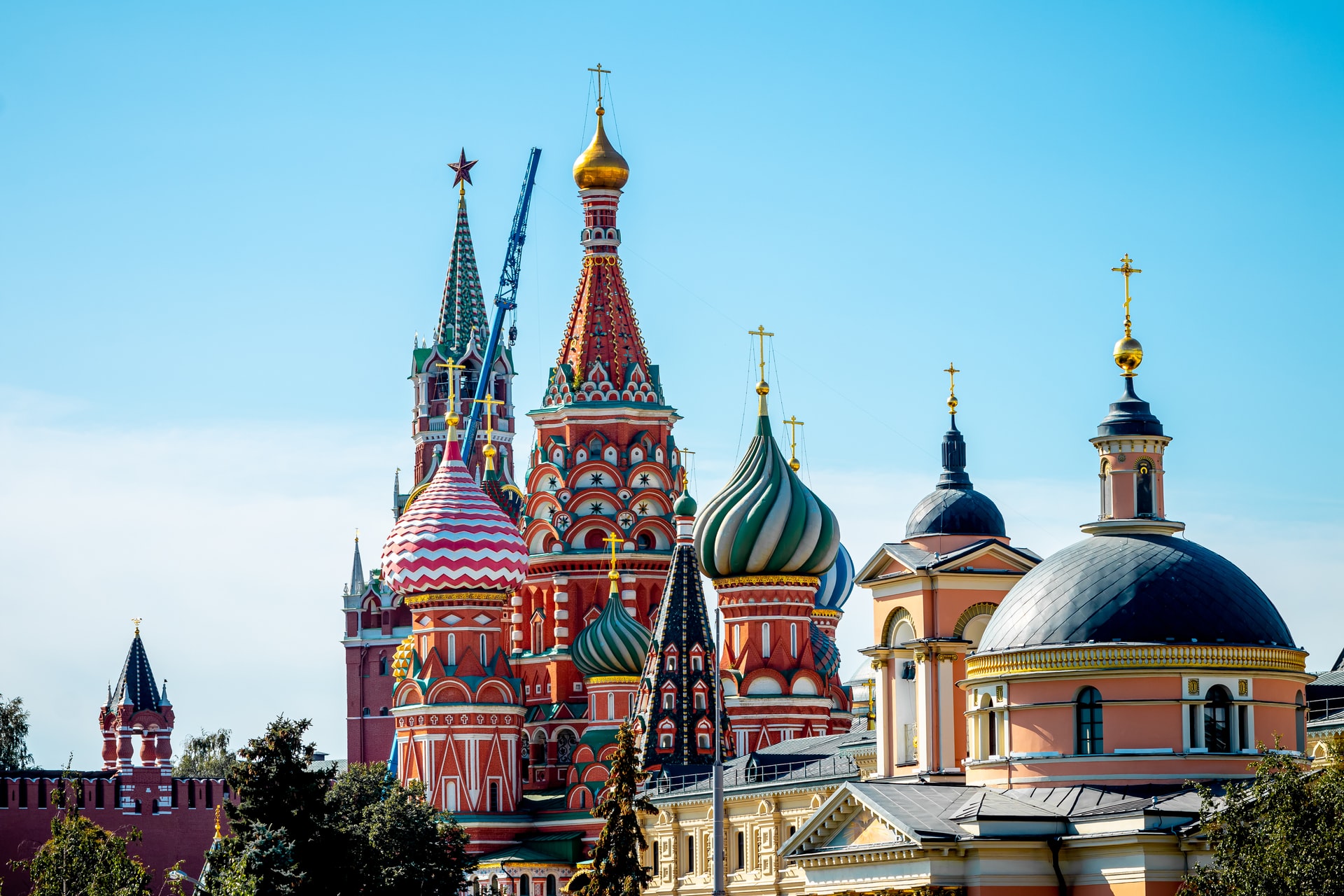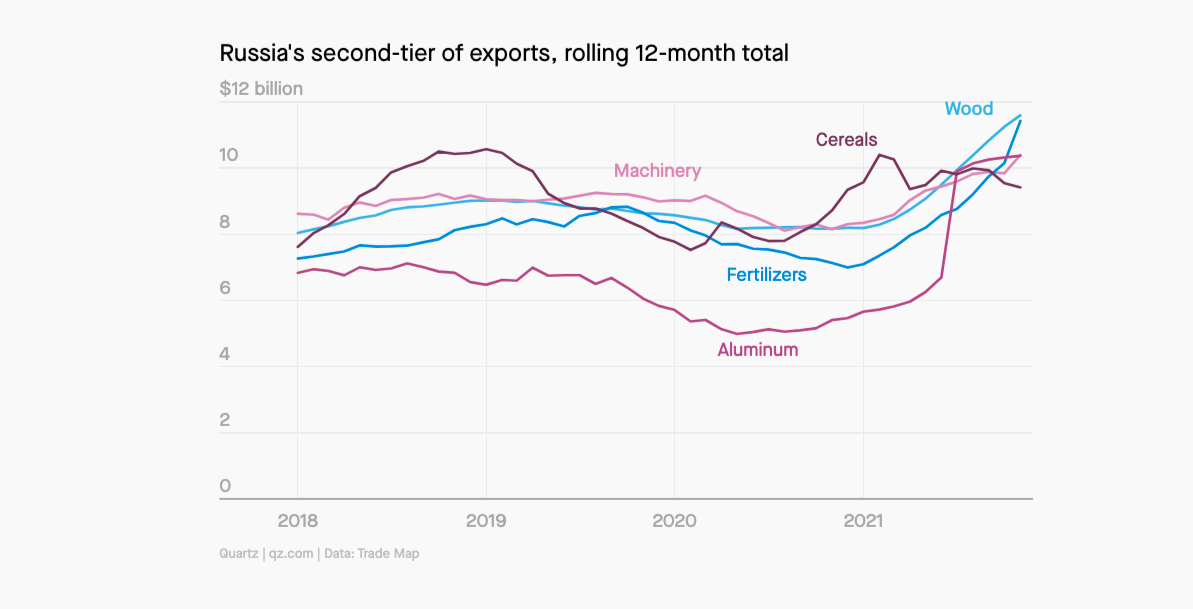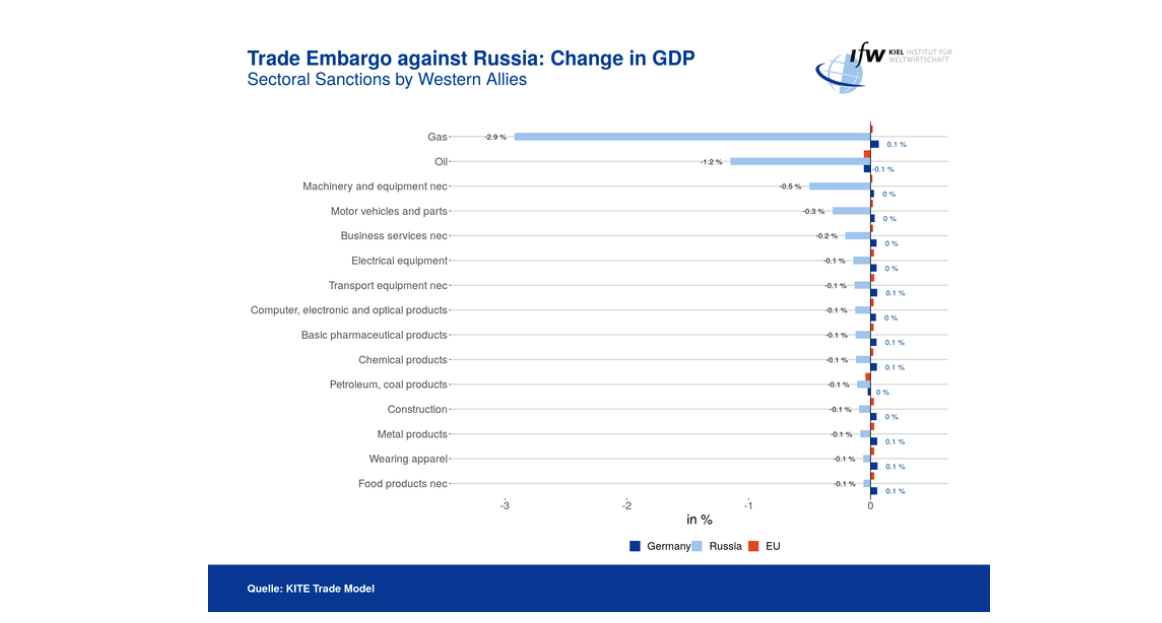Who and how much buys from Russia

Not only cereals, fuels, oil, metals and precious stones, but also a “mysterious” category of which Italy is one of the top clients. The data and the countries they import from Russia
Hand in hand with the war between Russia and Ukraine, the war of sanctions also continues. From the exclusion of some large Russian banks from the Swift system to the freezing of the reserves of the Russian central bank and the assets held abroad by the oligarchs, through the blocking of exports, the West is trying to hit and sink the Russian economy.
But which are the countries that import the most from Russia? And what do they matter?
FUELS AND OIL
The sector in which Russia exports the most is certainly that of fuels and oil. The export level of these materials is nothing compared to that of cereals, about which Start wrote yesterday.
In 2020 alone, writes Il Sole24Ore , “Russia produced approximately 639 billion cubic meters of natural gas, a quantity second only to the United States. About a third or 197 billion cubic meters of this production is exported from the country, which makes it the leading exporter of this resource by a large margin "and" is also the third largest producer of crude oil in the world ".
According to Quartz , the country exports mainly petroleum oils, oils obtained from bituminous minerals and crude oil.
The biggest buyers in this category are China and the Netherlands. Germany, South Korea and Poland follow.
INACCURATE PRODUCTS
In second place in the ranking of the most exported goods from Russia, Quartz reports that there is a "somewhat mysterious" group. These are, in fact, "unspecified products", in a commercial category entitled "goods not specified elsewhere" . In fact, much of what Russia exports is unknown from its statistics.
The best customer in this section is Germany, followed by our country, Italy, and Turkey. Fourth and fifth respectively Belarus and Algeria.

METALS AND PRECIOUS STONES
Then followed by exports of precious stones and metals, but also iron and steel. The UK buys more precious stones and metals from Russia than any other country. These are, in particular, gold and platinum, including palladium. The United States, Belgium, Japan and Switzerland follow him at a distance.
As for iron and steel, the absolute top buyer is Turkey. Taiwan, Quartz writes, imports 40% of its semi-finished products of iron and unalloyed steel or common steels (i.e. alloys of iron and carbon in which only traces of other components appear) – since September 2021, however, imports have been decreasing, while Belarus and Kazakhstan increased them until 2021.
CEREALS
Wheat and barley make up the bulk of Russian grain exports. Russia, Quartz writes, accounts for nearly 30% of world exports of these grains. Turkey and Egypt are the largest buyers, followed by Saudi Arabia, Bangladesh and Pakistan.
Lebanon has reduced its dependence on Russian wheat by replacing it with that of Ukraine.
WOOD
China is the largest buyer of exports of wood from Russia, from which it receives 37% of what it imports.
FERTILIZERS
For fertilizers, both mineral and chemical, on the other hand, the primacy goes to Brazil with which the commercial partnership continues to grow rapidly. Currently, according to data made available by Quartz , Russian fertilizers represent 69% of those imported from the country. After Brazil are China, Estonia, India and Finland.
ALUMINUM
Aluminum exports from Russia, the site recalls, jumped in July 2021 after Russian authorities lifted export tariffs. The largest importers were Turkey, Japan, the Netherlands, the United States and South Korea.
Prices in London, the article reads, spiked after the Russian invasion of Ukraine sparked fears of a global shortage.
NUCLEAR MACHINERY
Russia also exports 26.7% of nuclear reactors and their parts. After turbojets, gas turbines and parts of them correspond to the second largest export of machinery in the country.
Here too, with 13% of imports, China is the largest customer. Kazakhstan, Belarus, India and Uzbekistan follow.
WHAT WOULD THE CONSEQUENCES BE OF A TOTAL EMBARGO FOR EUROPE?
If all imports and exports stopped, according to the simulations of the Kiel Institute for the World Economy (IfW) reported by Sole24Ore , “the repercussions for the Western world would be minimal in the long term”.
"A trade embargo on oil – explained Hendrik Mahlkow, one of the Institute's researchers – would lead to a 1.2% drop in economic production for Russia and only 0.1% for Germany and the EU respectively" .
“An embargo on machinery and parts of machinery – continued Mahlkow – would cause a contraction of the Russian economy by 0.5% and an embargo on vehicles and vehicle parts of 0.3%. For Germany and the EU, both measures would have only minimal negative effects ”.
As for the stop on the import of Russian gas, energy prices in the EU would be affected in the short term, "but the repercussions for the Western world would be minimal in the long term".

This is a machine translation from Italian language of a post published on Start Magazine at the URL https://www.startmag.it/economia/chi-e-quanto-compra-dalla-russia/ on Wed, 02 Mar 2022 11:19:10 +0000.
